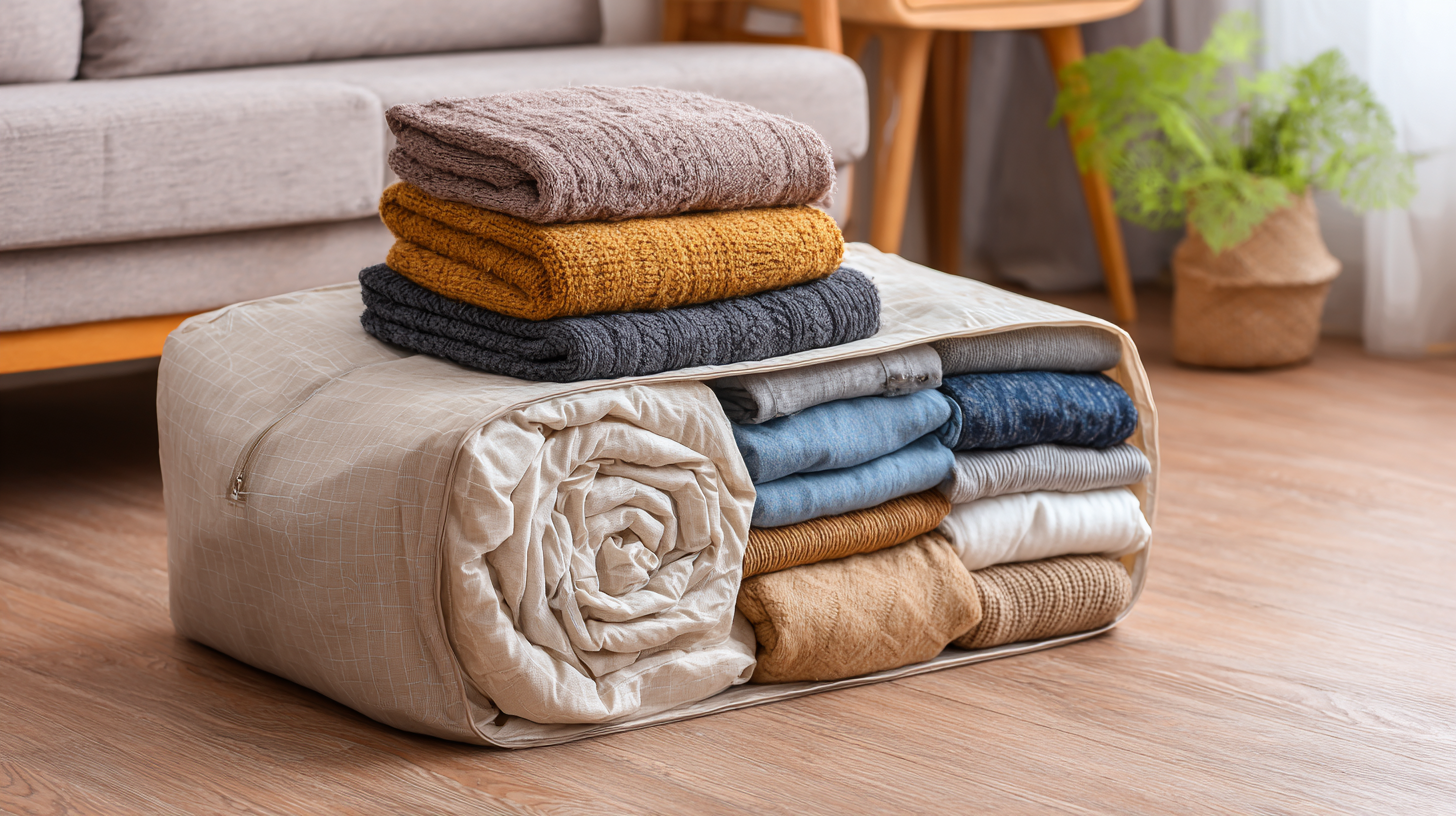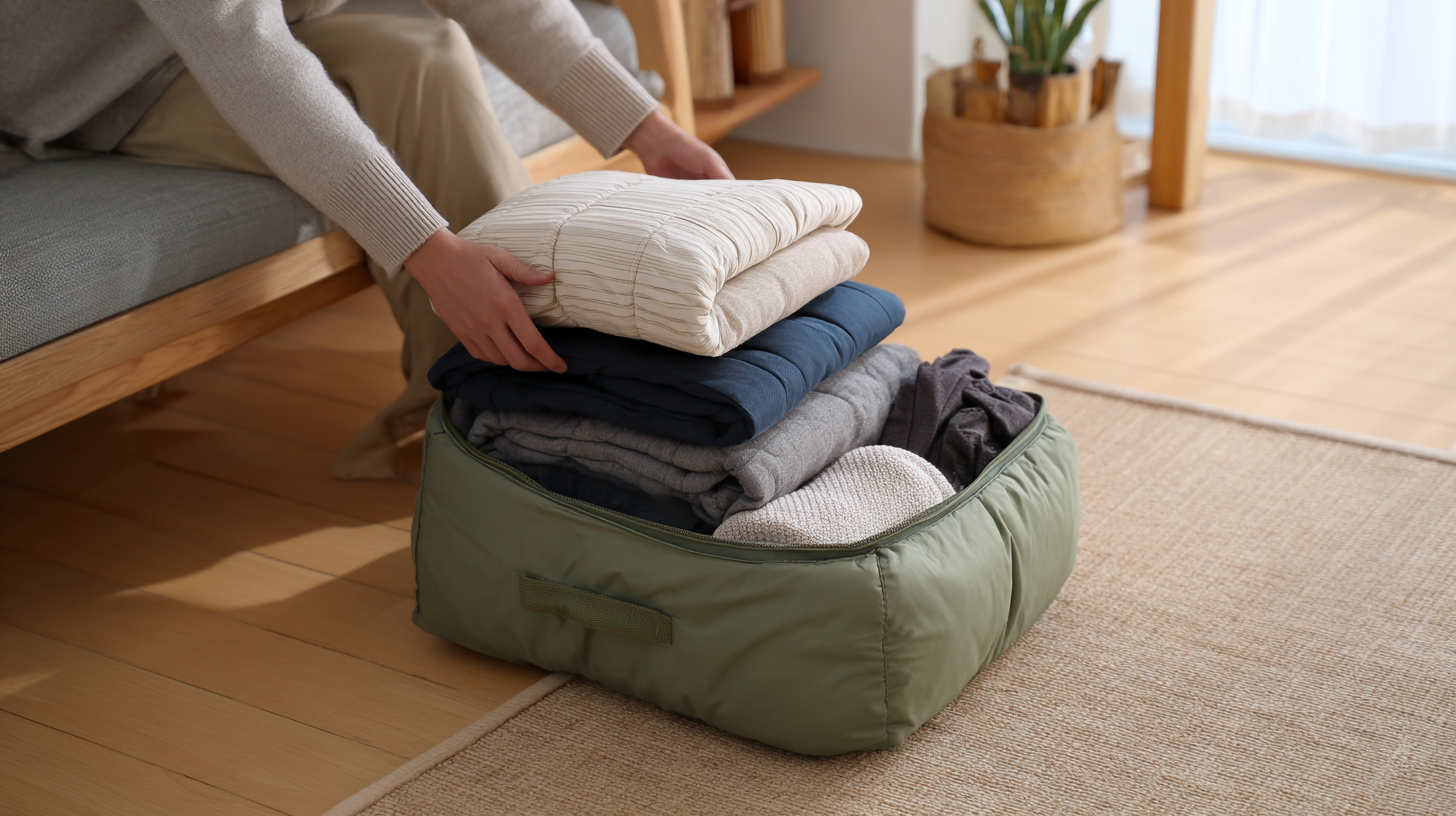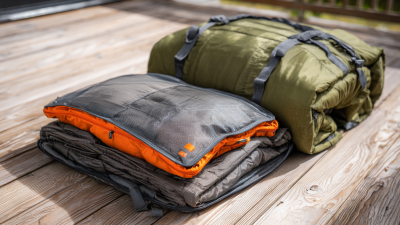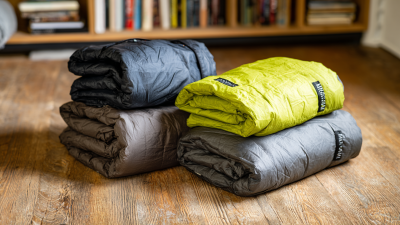When it comes to maximizing space and maintaining organization in your home, the use of a Blanket Compression Bag can be a game-changer. These innovative bags allow you to efficiently store bulky items such as quilts, blankets, and seasonal clothing, reducing their volume significantly. By utilizing the vacuum-sealing technology inherent in these bags, you can create ample storage space in closets, under beds, or in storage bins, freeing up valuable room in your living areas. Additionally, Blanket Compression Bags not only help in decluttering your space but also protect your items from dust, moisture, and pests, ensuring that your belongings remain in pristine condition. In this guide, we will explore the various techniques and benefits of using Blanket Compression Bags, providing you with practical tips on how to incorporate them into your organization strategy for a tidier and more spacious home.

When selecting compression bags for storage and organization, understanding the right size is crucial. Compression bags come in various dimensions, accommodating different types of items, from seasonal clothing to bedding. According to industry reports, using appropriately sized compression bags can save up to 75% of storage space, making them an invaluable tool for maximizing efficiency in homes with limited storage options. For instance, a bag specifically designed for blankets might need to measure at least 24 to 30 inches in length and should provide a sufficient width to fully contain the items without overstuffing.

Moreover, choosing the right size not only enhances storage efficiency but also promotes easy access and retrieval of items. Smaller bags work well for organizing accessories or smaller garments, while larger bags are tailored for bulkier items like winter jackets or quilts. Reports indicate that consumers often overlook the benefits of size variety, leading to suboptimal storage solutions. In recent surveys, a significant percentage of users noted that having a selection of sizes helped in systematically organizing their belongings, avoiding clutter, and streamlining packing for travel, especially during peak seasons.
When it comes to packing clothes and bedding efficiently, blanket compression bags offer a practical solution. To begin with, ensure that the items you plan to store are clean and completely dry. Start by folding your clothes and bedding neatly to maximize space. For larger items such as comforters, consider rolling them tightly before placing them into the compression bag. This not only conserves space but also prevents creasing.
Once packed, seal the bag according to the manufacturer’s instructions. Most compression bags come with a one-way valve that allows air to be pushed out while preventing it from re-entering. Use a vacuum cleaner to remove air quickly, or alternatively, roll the bag to squeeze out the air manually if a vacuum isn’t available. Ensure the bag is tightly sealed to prevent any moisture from seeping in after compression. Organizing the bags by category—such as seasonal clothing or bedding sets—can further streamline your space-saving efforts and make it easier to locate specific items later.

When it comes to maximizing space while storing
compression bags, strategic organization is key.
Compression bags, particularly vacuum storage bags, can significantly reduce the volume of clothes, bedding, and other items, making them ideal for tight spaces such as closets, attics, or under the bed. To efficiently utilize these bags, first categorize items—group seasonal clothing, bedding, and travel essentials separately. This organization allows for quick access when needed and ensures that you can make the most of the available storage space.
Once categorized, carefully pack each category into compression bags, pressing out as much air as possible to achieve optimal compression. This not only maximizes space but also protects against dust and moisture. For those looking to enhance organization further, consider using sturdy bins or labeled boxes to stack the compressed bags neatly, making retrieval easier without the hassle of rummaging through a pile of stored items. Remember, with proper planning and smart storage techniques, even the smallest spaces can be transformed into well-organized areas that are both functional and clutter-free.
When investing in compression bags for your storage needs, understanding how to maintain and care for them is essential for ensuring their longevity. According to a study by the International Association of Home Organizers, properly cared-for compression bags can last up to five years, significantly surpassing the average lifespan of similar storage solutions. To maintain your bags, it’s crucial to store them in a cool, dry place, away from direct sunlight, which can degrade the material over time. Regularly checking for signs of wear, such as tears or leaks, can prevent potential issues that might compromise their effectiveness.
Cleaning your compression bags is also vital for their durability. Industry reports suggest that using mild soap and water is effective in maintaining the integrity of the fabric, while avoiding harsh chemicals that can break down the material. Additionally, it’s recommended to avoid overpacking; adhering to the manufacturer's suggested weight limits can prevent unnecessary stress on the seams. By following these maintenance tips, you can enhance the lifespan and functionality of your compression bags, making them a valuable tool for space-saving and organizing in your home.
This bar chart illustrates the various benefits of using blanket compression bags, including space saved, time efficiency, cost savings, and user satisfaction. These metrics highlight the practicality and positive impact of compression bags for organizing and maximizing storage space.
Compression bags are an excellent solution for organizing various items while maximizing space. When it comes to bulky items such as winter coats, blankets, and bedding, using these bags can significantly reduce their size, making it easier to store them in closets or under beds. The process is simple: simply pack the items into the bag, seal it, and use a vacuum to remove the air. This not only saves physical space but also keeps items protected from dust and moisture, ensuring they remain fresh and clean when you need them.
For smaller items like seasonal clothing, toys, or linens, compression bags can be utilized to create organized sections within larger storage bins or dressers. By categorizing these items into labeled bags, you can quickly access what you need without rummaging through unorganized piles. Additionally, vacuum-sealed bags can be used for travel, allowing you to pack efficiently while keeping clothes wrinkle-free and organized. This method enhances easy access and saves valuable time, ensuring that your belongings are neatly arranged and ready at a moment’s notice.
| Item Type | Compressed Size (inches) | Original Size (inches) | Space Saved (%) | Usage Scenario |
|---|---|---|---|---|
| King Size Blanket | 20 x 18 | 90 x 86 | 73% | Seasonal Storage |
| Pillows | 12 x 12 | 24 x 16 | 75% | Traveling |
| Winter Clothes | 24 x 20 | 36 x 28 | 63% | Closet Organization |
| Blankets | 22 x 16 | 60 x 50 | 73% | Seasonal Change |
| Baby Clothes | 15 x 12 | 30 x 24 | 83% | Baby Nursery Setup |






